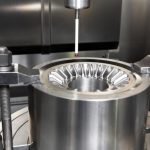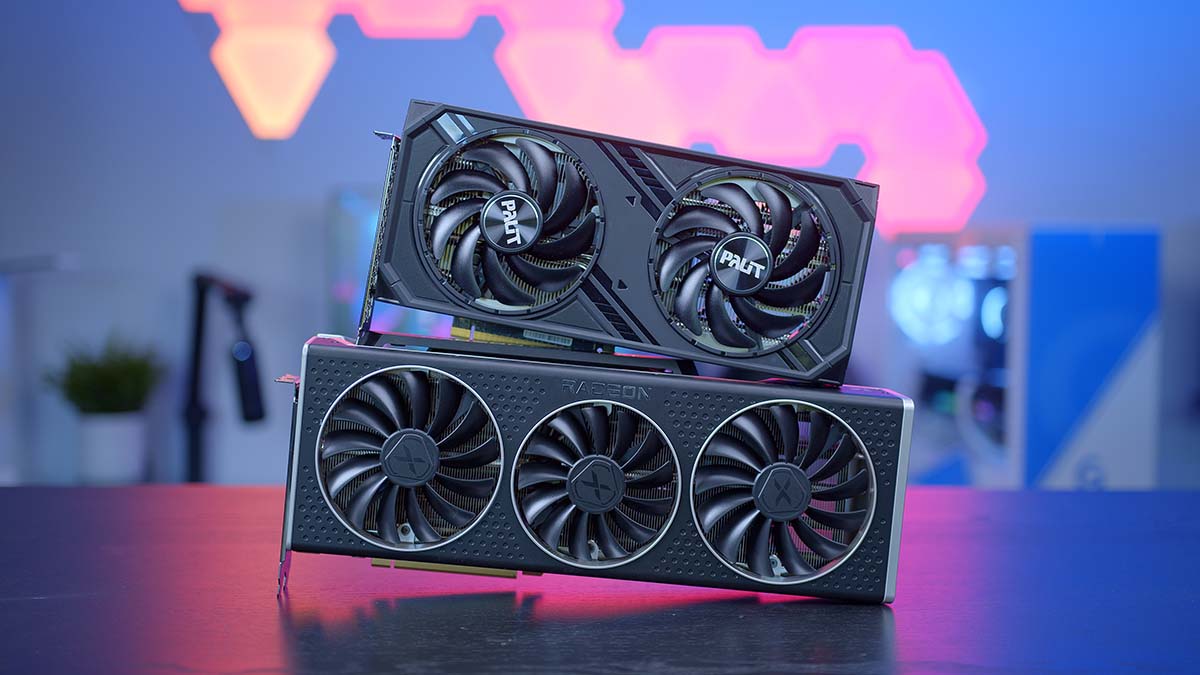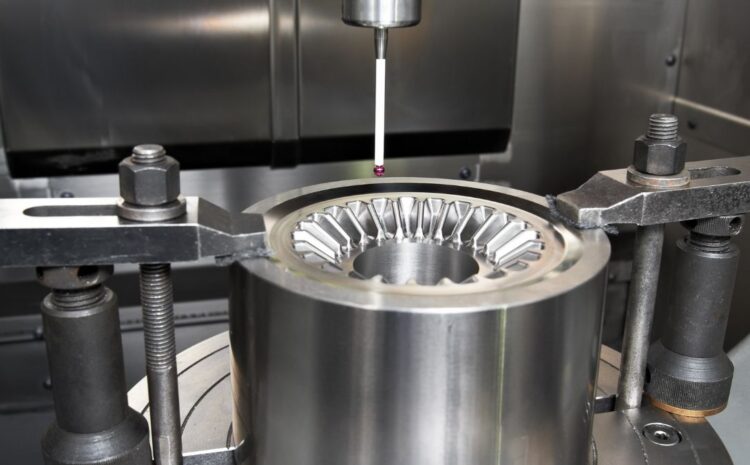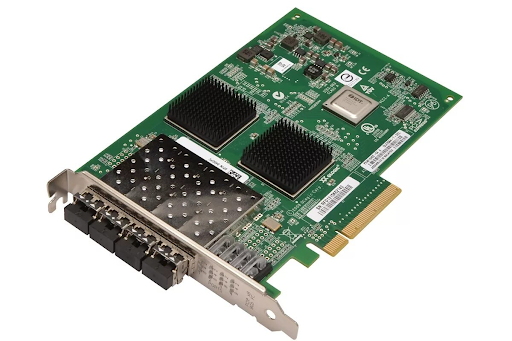Photo editing has become a daily aspect of digital life. Professional photographers and social media users all edit pictures to make them unique.
Statista reported that more than 1.2 trillion photos will be taken worldwide in 2025, and most of them will be edited before being shared. However, behind all the smooth and quick photo editing, there is a powerful hardware component known as a graphics card.
It is a significant factor in the speed and clarity of your editing software. It helps create a clear and bright image that appears flawless on the screen, regardless of the pixel. This is why it is crucial to select the most suitable computer for photo editing.
Keep reading this blog to understand how a graphics card can improve photo editing performance.
The Importance of Graphics Cards in Photo Editing
Fast data processing is essential for photo editing, as it involves handling large image files. The GPU, or graphics card, makes it easier for the computer to manage these demanding tasks. It speeds up the program’s loading of movie previews and image editing.
Your best photo editing computer can open and edit multiple high-resolution images without any lag if it has a strong GPU. It works by releasing pressure from the CPU, allowing it to complete its tasks more easily.
The Way GPU Acceleration Edits Faster
Photo editing software such as Adobe Photoshop and Lightroom is GPU-accelerated. It implies that the software utilizes the GPU to execute filters and effects more efficiently. The zooming, rotating, and color grading actions are more fluid. GPU support saves you time in waiting to see your edits take effect and gives you more time to complete your creative work.
An excellent GPU is also beneficial for handling 4K or RAW images. It makes colors appear true-to-life and layers react immediately. This provides a seamless editing process that all photo enthusiasts will enjoy.
Fluid Workflow and On-the-fly Rendering
Real-time rendering is one of the greatest benefits of a good graphics card. This option enables you to view your edits in real time. The GPU automatically displays the image preview as you move the sliders or add filters. This saves time and frustration.
With a poor GPU, you may experience screen freezing or a slow refresh rate during editing. However, a good GPU makes the process enjoyable. It also keeps your computer cooler and quieter, as it shares the load with the CPU.
Why GPUs are important to Professionals
Professional editors can work with multiple layers and extensive photo collections. Powerful graphics cards enable them to be fast and precise in colors. It also works with high-end monitors that display accurate colors and contrast.
Provided you apply HDR or color grading tools, the GPU makes sure that all tones and shades are displayed properly. This gives your final output a sharp, clean, and professional appearance. This is why even creative studios opt for systems that feature dedicated GPUs to handle photo tasks.
Improved Image Quality and Better Color Accuracy
Furthermore, the graphics card affects image quality in addition to speed. It uses color and curves to make pictures look more realistic. The GPU is particularly careful with pixel data when handling tools that require finer details, such as retouching or exposure correction, to prevent distortion.
Display Calibration and GPU Support
Current GPUs feature advanced display calibration. It implies that your monitor displays the same colors in editing tools. For photographers and designers, this is essential because even a small color shift can change how an image looks on paper or the internet.
More color shades can be displayed on certain GPUs because they support wide color gamuts. When taking landscape or portrait photos that use natural tones, this is crucial.
Multi-Tasking Made Easier
A good graphics card will enable you to edit your photos when you are using other applications. You are able to alternate between activities such as exporting pictures or viewing reference photos without delays. The graphics card makes multitasking feel light and fast.
Editing on the Go
When you are traveling or editing photos outside, you require a laptop that is capable of performing heavy editing. Most of the new laptops are equipped with dedicated GPUs. Make sure that it has one when you choose the best computer to use in photo editing. It assists your editing tools to work well even in your absence from the desk.
A decent computer with a sufficient amount of RAM, a good CPU, and a good graphics card will ensure that your creative process is running smoothly, no matter where you are.
Performance Impacts of GPU Memory
VRAM is the memory in a graphics card that contains textures and image data. The higher the VRAM, the smoother the performance will be when dealing with huge photos. In case your graphics card has low VRAM, you might experience slow previews or slow edits.
Selecting the appropriate GPU Memory
In the majority of photo editing processes, a graphics card with 4GB VRAM or higher is sufficient. Professionals working with RAW files or 4K images 8GB and above are better off with 8GB. The trick is to find the appropriate balance between speed and memory to suit your editing requirements.
With a large amount of VRAM in your GPU, you can edit big projects without experiencing lag or blurry previews.
How to improve photo editing
These are the tips to ensure you maximize the use of your graphics card.
- Always update your GPU drivers.
- Turn off unused applications during editing.
- Use software that is capable of accelerating with the use of the GPU.
- Add RAM when your system is slow.
- Choose monitors that are compatible with your GPU.
These measures will ensure that your editing process is easy and consistent and enhance output quality.
Final Thoughts
A graphics card is not just a gaming tool. It is the core of rapid photo editing. It assists your computer in managing intricate graphics and massive image files without any difficulty. The graphics card’s power determines every little detail, from rendering speed to preview clarity.
When looking for the best computer for photo editing, ensure it has a powerful graphics card. It keeps your creative process and your photos clear. The proper configuration makes your computer a powerful editing partner that helps bring your creative vision to life.











